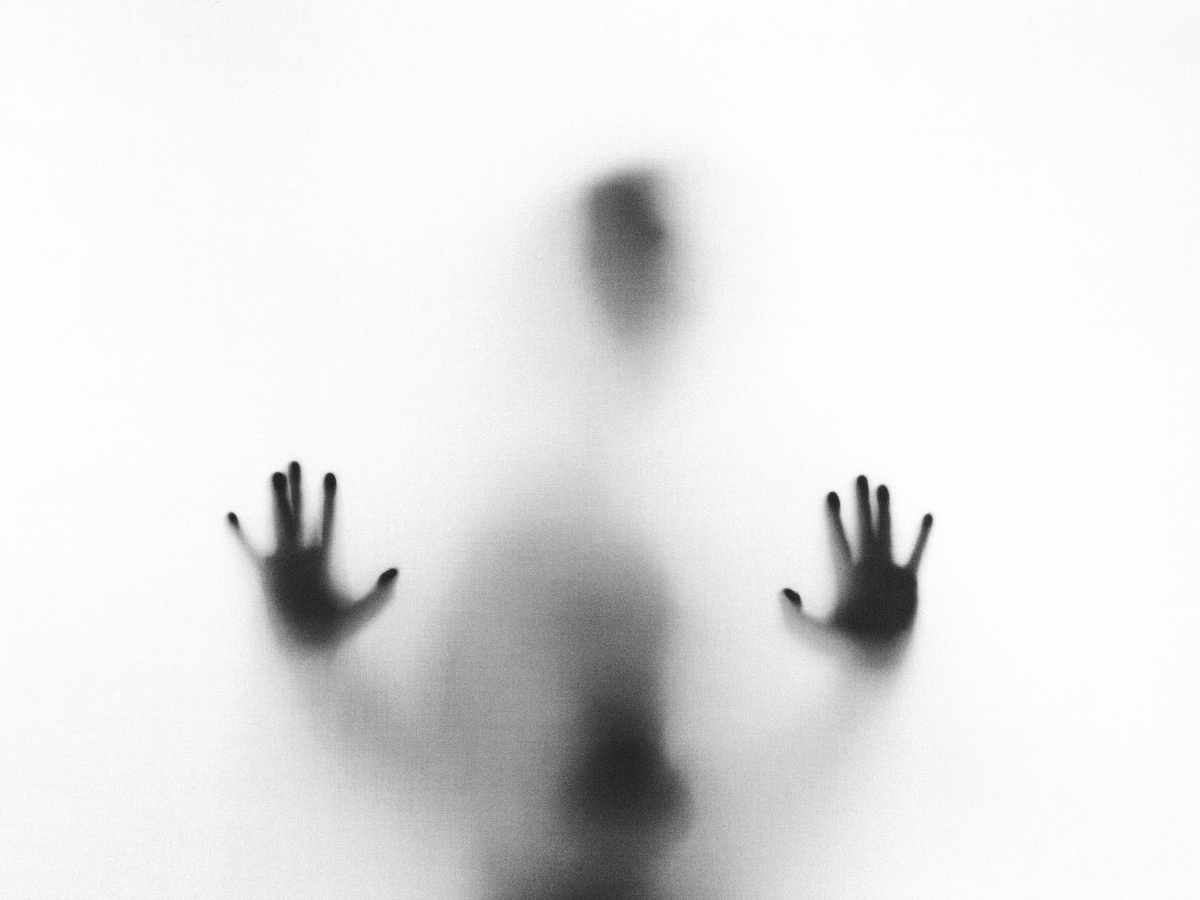Sustainability challenge and related SDGs
#MentalHealth disorders are thought to be caused by a variety of genetic and external factors. Certain genes can increase the risk of mental illness, and a difficult life situation can activate this predisposition. For example, financial problems, the death of a loved one, divorce, or medical conditions such as diabetes or traumatic brain injury can lead to mental disorders.
#MentalHealth plays an important role in achieving the Sustainable Development Goals. Suicide is the fourth leading cause of death among 15–29 year-old
 . People with severe mental illness die up to two decades earlier due to preventable physical illness. Despite the huge importance of this issue, most patients with mental illness carry this heavy burden for many years before death.
. People with severe mental illness die up to two decades earlier due to preventable physical illness. Despite the huge importance of this issue, most patients with mental illness carry this heavy burden for many years before death.
Depression, for example, is a leading cause of disability. Despite much progress in recent years, people with mental illness often face discrimination and stigma, as well as human rights abuses.
Even though many mental illnesses can now be effectively treated at a relatively low cost, there is still a wide gap between people who need treatment and those with access to it. The coverage of effective treatments remains extremely low.
Possible solutions and their contribution to achieving the SDGs
Services for #MentalHealth span multiple stages. While an initial assessment can be conducted by psychologists and psychiatrists on an individual basis, some mental health conditions require full-time treatment for recovery. This means that patients go to psychiatric hospitals, rehabilitation clinics or other appropriate facilities and undergo comprehensive treatment.
These facilities often provide holistic treatment that focuses not just on the illness but on the whole person. The changed environment makes it possible to develop new healthy habits, such as meditation or exercise. The facilities also usually offer specialised soft skills therapies, such as talking about #MentalHealth, developing empathy, or anything else the individual patient needs.
Primarily related SDG targets: 3.4, 3.8, 10.2, 10.3, 11.5, 11.7
Investment Rationale and Growth Potential
The global number of people with depression and anxiety increased by 25% in the first year of the COVID-19 pandemic. This has exacerbated an already growing trend in mental illness.
If we are to reverse this trend, more investment is needed on all fronts: in awareness to improve understanding and reduce stigma, in efforts to improve access to quality care and effective treatments for #MentalHealth, and in research to find new treatments and improve existing treatments for all mental disorders. #MentalHealth solutions will be in greater demand in the coming decades than ever before.